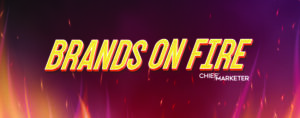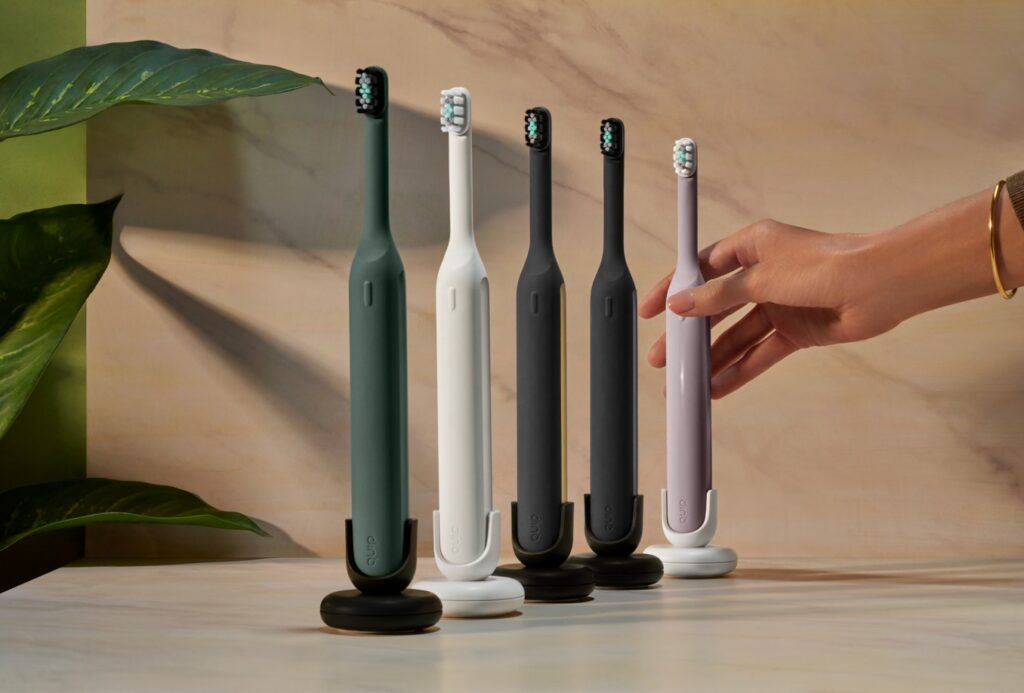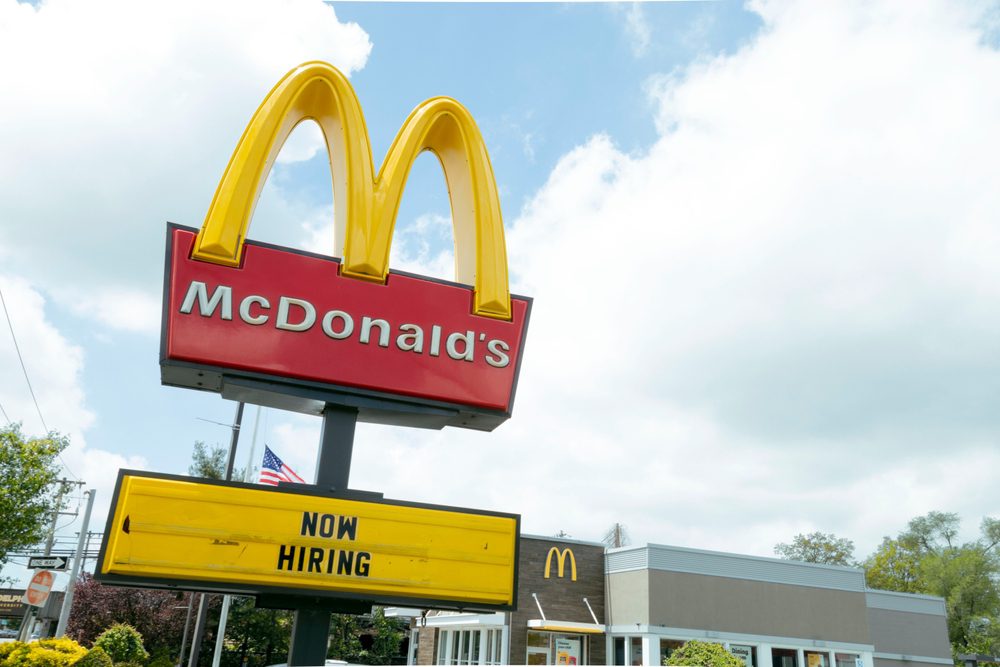A rebranding effort designed to appeal to both traditional ocean racing enthusiasts and younger audiences more keen on extreme sports has refreshed the brand identity of the America’s Cup, which wrap finals in San Francisco on Wednesday.
Founded in 1851, the America’s Cup (named after the first boat that won the race), had tradition in it’s pocket, but not the mainstream accessability of, say, baseball or basketball. When U.K.-based design and marketing agency Designwerk was brought in, it had a 162-year-old trophy, a stagnant audience, a damaged reputation and an old-fashioned sport to work with. The goal was clear: change the perceptions of the race and engage a broader audience.
“The America’s Cup had to be more accessible and more appealing, especially to a younger market, whilst keeping the core ocean racing fans in mind,” says Cristian Cook, creative director and founder of Designwerk. “A big percentage of the latter are more traditionalist, so we had to be mindful not to take things too far.”
The renewed brand had to have a look that embodied an extreme sport, and Cook says the tagline his agency developed, “The best sailors, the fastest boats,” captured that spirit.
The Process
The rebrand was a “hit the ground running” process, with Designwerk brought in late in the game. The agency was hired near the end of 2011, which gave it less than two years to complete the planning, development and rollout of all rebrand deliverables.
“Luckily, we are used to working fast, so after we were flown out to San Francisco for a pre-production meeting, two days later we had a strategy, a logo and complete brand architecture,” Cook says.
The process began with an analysis of the brand’s strengths and weaknesses, followed by defining the essence of the America’s Cup and what should be conveyed by the rebrand based on the behavior and identity of their target audience
“We then defined all the different media platforms and environments in which the brand would exist,” according to Cook. “We built a strategy to attract new audiences; showcase San Francisco as a great location for the event; and portray the history of the America’s Cup, making heroes of the sailors, and creating awareness around the globe.”
This initial planning yielded a list of goals and marketing items, not to mention the creation of “visual language” and event graphics based on the brand’s new identity as an extreme racing event.
Two weeks later, Designwerk flew out to New Zealand for a mere five days to shoot video footage for television and the show opener, which involved challenges such as limited time, the testing of new boats, safety concerns and making Auckland look like San Francisco in post-production.
“There were, and still are, some negative perceptions about the America’s Cup,” Cook says. “It was to some extent a damaged brand, and if we were going to captivate a new audience, we were going to have to make sailing engaging – not just in poster format but, much more importantly, in relation to the television broadcasting of the events.”
This part of the strategy presented the biggest difficulties for a rebrand that included various elements, including a revamped website, flags, sails, merchandise and mobile apps.
“The whole rebrand project took around three months to complete, and from there additional items were created on an individual basis,” Cook says.
When asked which of the assets from the rebrand he was most proud of, Cook pointed to the refurbished America’s Cup logo, which has been used consistently and heavily across all media and marketing collateral
“The simple idea of making the two letter ‘A’s’ of the word ‘America’ represent not only boat sails but also form a symmetrical shape at either end of the logo has worked really well,” he says. “It is a logo that is instantly recognizable and is the key asset of the brand.”
The Results
The America’s Cup has attracted major international sponsors like Emirates, Oracle, Louis Vuitton and Red Bull. While attendance has thus far fallen short of initial expectations, Cook says the expected 1 million total spectators to the America’s Cup two main events (the Louis Vuitton Cup and the America’s Cup Finals) would be “unprecedented.” He adds that the improved on-air graphics have helped grow the event’s television and online audience, and that more global broadcasters are covering the event than ever before.
The rebrand has also been recognized with six international branding, design and marketing awards in 2012 and 2013
The Future
Designwerk aimed to build brand recognition, longevity and equity for the America’s Cup, things it didn’t have before, “so there could be something tangible to build on in the future,” Cook says. This was especially important since the brand had previously been dismantled every few years and rebuilt from scratch again.
Despite the success and long-term goals of the rebrand, Designwerk is not officially tabbed to continue its work with the America’s Cup going forward, though a long-term relationship is what Cook ultimately hopes for.
“With the America’s Cup, it is difficult to predict whether the next event will continue the visual legacy that we have created for the owners,” he says. “The next event organizers are under no legal or moral obligation to do so.”
Cook adds that since the winner of this year’s final can decide crucial aspects of the next America’s Cup (e.g., venue, format, boat types), the branding of the event could look radically different in the future. “Nothing is set in stone.”



 Network
Network

